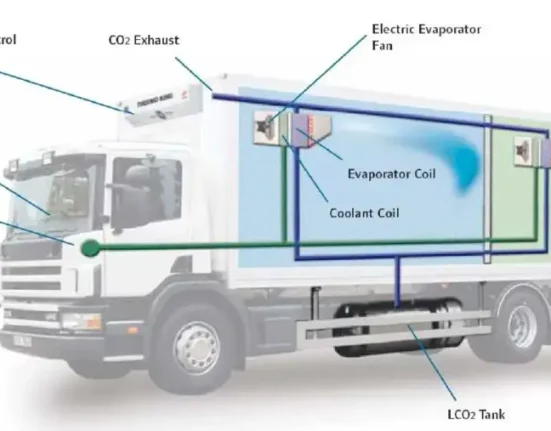Digitization has become a new standard, and as all financial operations are shifting online, the danger of online fraud has also increased. Documents are considered an essential tool for customer ID verification. Fraudsters are achieving their goals by document forgery. Identity theft by document manipulations has become a more common issue. The traditional document verification techniques are no longer effective in combating criminals involved in illicit activities. Identity theft typically steals customers’ identities from numerous platforms. It creates a document in their name that can be used in many illegal ways i.e., opening an account, filing insurance, and applying for immigration.
In today’s world, where information can be easily manipulated and forged, reliable document verification has become paramount. Document forensic verification is a meticulous process that involves scrutinizing and analyzing various elements of a document to ascertain its authenticity and integrity. This article will explore the document forensic verification process, its significance, and the techniques employed to uncover the truth.
Document Forensic Verification- Overview
Identity document forgery verification is a field that combines science and technology to examine and authenticate various types of documents. This process in the community is used in legal, financial and investigation content where the document’s accuracy is very important. The verification of documents is crucial for numerous reasons, including:
1. Legal Proceedings:
In legal cases, the authenticity of documents can greatly impact the outcome. Document forensic verification helps ensure that evidence presented in court is valid and reliable, providing a solid foundation for legal arguments and decisions.
2. Financial Transactions:
In the financial sector, document verification is critical to prevent fraud and money laundering by verifying the authenticity of documents such as ID cards, passports, and bank statements.
3. Cultural Preservation:
Document forensic verification experts can determine their authenticity and historical value by examining ancient manuscripts, paintings, or archaeological findings, contributing to our understanding of the past.
Forensic Document Examination
Document forgery is one of the most essential ways of document testing by detecting the fraudster engaged in illicit activities. This method can benefit all organizations running online. Digital document examination technique helps make the organization safer by document forensic validation of documents.
Document Forensic Verification Process
The process of document forensic verification involves several steps, each aimed at uncovering the truth behind the document in question. While the specific techniques employed may vary depending on the document type and purpose, the following steps provide a general framework for the process:
1. Initial Assessment:
The first step in document forensic verification is to conduct an initial assessment of the document. This involves examining the physical characteristics, such as paper quality, ink, printing methods, and any visible signs of tampering or alteration.
2. Document Photography:
High-resolution photography is essential for capturing minute details of the document. This step ensures that even the smallest features, such as watermarks, security threads, or micro-printing, can be analyzed accurately.
3. Chromatography/ Spectrophotometry,
Ink analysis is a crucial aspect of document forensic verification. By using specialized techniques such as chromatography or spectrophotometry, experts can determine the composition of the ink and identify any discrepancies that may indicate forgery or alteration.
4. Examination of Handwriting and Signatures:
Handwriting analysis is another essential component of document forensic verification. Experts compare the handwriting or signatures in question with known samples to determine if they are consistent or if there are indications of forgery or imitation.
5. Detection of ID Alterations:
Various methods can be employed to identify alterations or modifications made to a document. Ultraviolet (UV) light examination can reveal hidden marks or changes, while infrared (IR) imaging can expose overwritten or erased information.
6. Analysis of Security Features:
Many official documents, such as passports or banknotes, contain security features designed to deter counterfeiting. Document forensic verification involves analyzing these security features, such as holograms, watermarks, or security threads, to ensure their authenticity.
7. Expert Opinion:
In cases where a document is suspected to be forged or altered, experts may compare it with genuine documents or seek the opinion of other professionals in the field. This collaborative approach helps provide a comprehensive and unbiased assessment.
Technological Advancements in Document Forensic Verification
Due to technical advancement, new techniques came into being by enhancing the document forensic verification process. For instance, optical character recognition (OCR) software can extract text from scanned documents, allowing for easier analysis and comparison using artificial intelligence and machine learning.
Conclusion
Document forensic verification is an essential process that is critical in various domains. By employing scientific methods, analysis, and expertise, document forensic experts can determine the authenticity and integrity of documents, uncovering the truth and ensuring the reliability of information. As technology continues to evolve, the field of document forensic verification will undoubtedly continue to advance, providing even more accurate and efficient means of uncovering the truth behind documents.
Read Also: Monoprice 110010: Affordable and High-Quality Audio Experience











